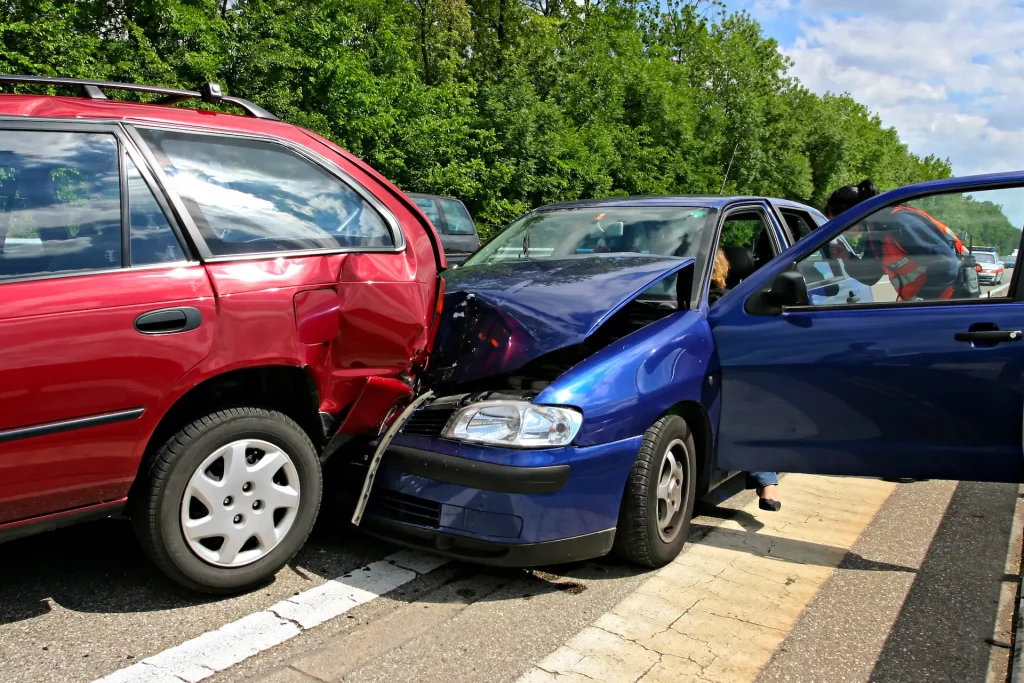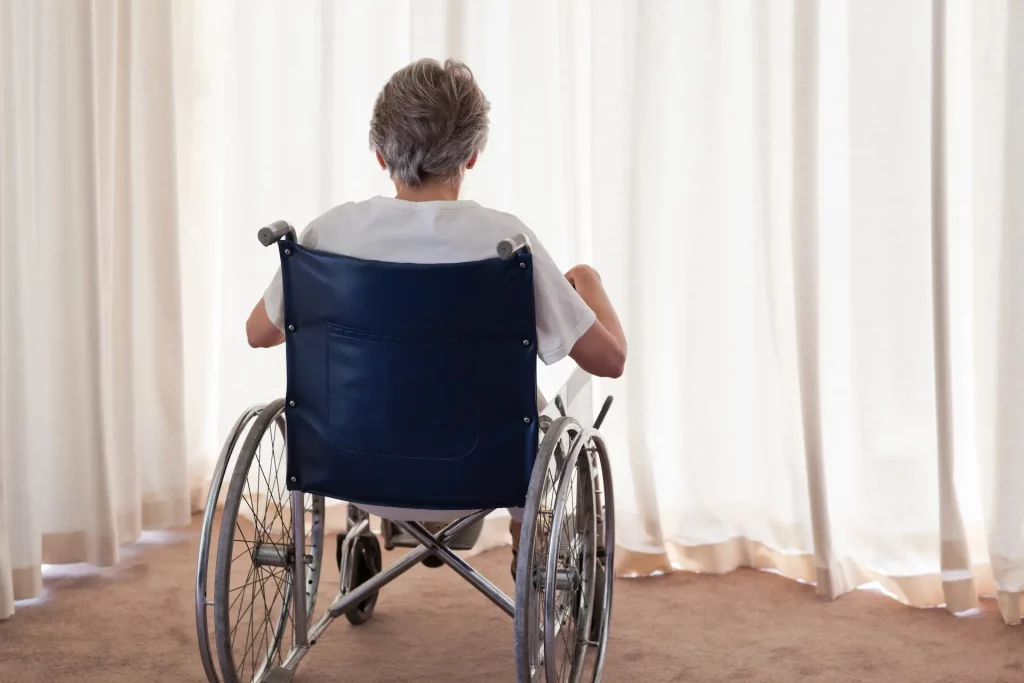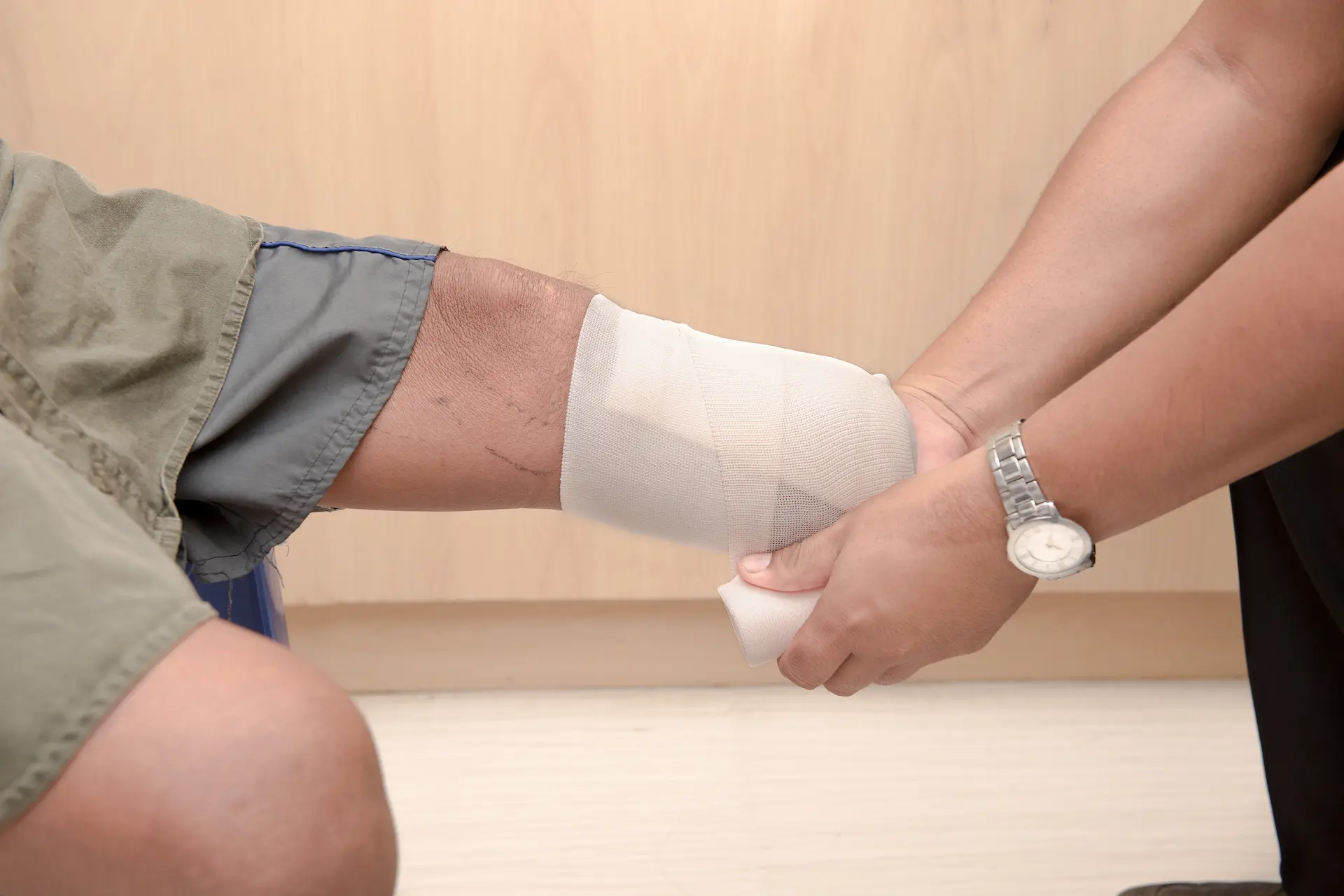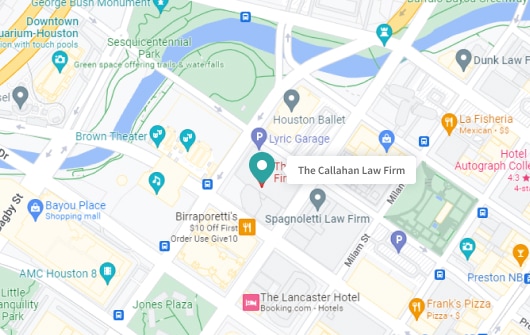In a split second, a car accident can change the trajectory of your entire life. For some individuals, it results in a severe and permanent injury that alters their very essence: amputation. If you or a loved one has experienced a car accident amputation, the road to recovery is not always easy.
An amputation due to a car accident is not just about physical healing; it involves psychological recovery, financial stability, and legal justice. Understanding how these accidents occur and knowing what to do after is the first step in taking control of your situation and working towards a resolution that aligns with your rights and meets your needs. Let The Callahan Law Firm help you. Contact us today to speak with a car accident amputation attorney.
Types of Amputation That Can Happen in Car Accidents
Understanding the types of amputations helps in seeking the necessary medical care and rehabilitation, as well as in addressing the legal and psychological aspects associated with such traumatic injuries.
- Complete Amputation: This occurs when a limb is severed completely at a particular joint, such as the knee or elbow, often a direct result of the traumatic forces exerted in a high-impact accident.
- Partial Amputation: A partial amputation refers to the surgical or accidental removal of a portion of a limb or appendage, where part of the limb or appendage is left intact.
- Avulsion Amputations: An avulsion amputation is a type of injury where a limb or part of a limb is forcibly detached from the body due to the violent pulling or tearing away of tissues. This injury differs from a clean-cut or surgical amputation because it involves the traumatic removal of the extremity, often leading to significant damage to the soft tissues, such as muscles, tendons, blood vessels, and nerves, in addition to the bone.
Common Causes of Amputations in Houston Car Accidents

Car accidents that lead to amputations can occur for a variety of reasons, but certain types of accidents surface more frequently in these tragedies. Here’s an overview of some of the types of car accidents that result in amputation.
- High-Speed Collisions
- Rollover Accidents
- Side-Impact Collisions
- Car Accidents Involving Motorcycles
- Car Accidents Involving a Pedestrian or Cyclist
Ultimately, any type of car accident can lead to an amputation, highlighting the importance of safe driving practices and the need for continued efforts to improve vehicle safety
Specific Injuries and Scenarios That Result in Amputation
In the case of a car accident, amputation is often the result of severe and sudden trauma. Here are some common scenarios:
Crush Injuries
Collisions with significant impact can lead to crush injuries where limbs are compressed by considerable forces. The resulting skeletal, soft tissue, and vascular damage can lead to amputation.
Loss of Blood Flow
If the blood supply to a limb is compromised – for example, if your leg is trapped under something in the accident – this can lead to compartment syndrome which can cause irreversible tissue damage or necrosis, often warranting amputation.
Severe Lacerations
Automobile accidents can cause lacerations that damage muscles, nerves, and blood vessels to a point where surgical removal of the affected body part becomes necessary.
Degloving Injuries
These occur when layers of skin are stripped from the underlying tissue, often due to the dragging effect of an entrapment or collision. The severity of this injury may lead to amputation.
The extent and severity of these injuries will determine not only the likelihood of amputation but also the level of the amputation and the subsequent medical requirements.
Medical Aspects of Amputations
Recovery from a car accident-related amputation is a long journey involving multiple stages and different types of medical care. These injuries typically require immediate surgical intervention and long-term care, including managing potential complications and risks associated with this significant medical procedure.
Immediate and Long-Term Medical Treatments
The first step of an amputation, whether traumatic or planned, involves surgery to remove the damaged limb or part of it. This process includes cleaning the wound, removing damaged tissue, and shaping the remaining limb to prepare for prosthetic fitting. Wound care and pain management are also critical.
Long-term medical treatments are then geared toward recovery, which might include further surgeries, rehabilitation, and psychological support to adapt to the individual’s new physical reality.
Medical Complications and Risks
Medical complications and risks associated with amputations include infection at the surgical site, which can delay healing and, in severe cases, lead to further surgical interventions. Blood clots are another risk, particularly in the deep veins of the remaining limb, which can pose significant health threats if they travel to the lungs (pulmonary embolism).
Phantom limb pain, where the amputee experiences painful sensations in the removed part of the limb, is a common phenomenon that can significantly impact the individual’s quality of life. Addressing these risks is an integral part of post-amputation medical care.
The road to recovery is full of challenges, both immediate and long-term, and requires a significant amount of medical treatment, rehabilitation and support.

Psychological Impact of Amputations
The psychological scars left by an amputation can be as deep and difficult to overcome as the physical ones. Here are some of the common psychological effects that may follow this type of injury:
- Depression and anxiety
- Post-traumatic stress disorder (PTSD)
- Body image and self-esteem issues
- Social stigma and isolation
These emotional hurdles are part of the healing process and require as much attention and care as the physical recovery, highlighting the importance of comprehensive support and understanding for individuals navigating this life-altering journey.
Coping Strategies and Support Systems
Developing healthy coping mechanisms and leaning on a strong support network are vital components of coming to terms with an amputation. Support can come from various sources, including family, friends, medical professionals, and support groups, all of which play a role in rehabilitation.
Financial Implications of Amputations
The financial implications of an amputation following a car accident are far-reaching and can place a substantial burden on individuals and their families. These costs encompass not only immediate medical expenses but also long-term care needs, prosthetics, and necessary adjustments to daily living:
Immediate medical costs include:
- Surgeries: The initial surgery for amputation can be costly, depending on the complexity and any complications that arise.
- Hospital Stays: Extended hospital stays are often required for recovery and monitoring, leading to significant expenses.
- Initial Rehabilitation: Early-stage rehabilitation, which may include physical therapy, occupational therapy, and counseling, can be expensive but is crucial for recovery.
Long-term care costs include:
- Ongoing Physical Therapy: Long-term physical therapy is often necessary for adapting to the loss of a limb and maintaining mobility, which incurs ongoing costs.
- Home and Vehicle Modifications: Adjustments may be needed in the living space for accessibility, such as ramps, modified bathrooms, and specialized equipment. Vehicle modifications might also be necessary for driving or transportation.
- Prosthetics: The cost of a prosthetic limb varies widely, depending on the type of prosthetic, the technology used, and the customization required. Advanced prosthetics with more features can be significantly more expensive.
- Assistive Devices and Equipment: Other assistive devices, such as wheelchairs or special footwear, may be required, adding to the financial burden.
- Additional Medical Needs: There may be ongoing medical needs, such as pain management, treatment for phantom limb pain, or psychological counseling.
These costs can be a significant financial burden for individuals and families, making it essential to consider speaking with an attorney if you believe you may be entitled to compensation via a personal injury claim.
Legal Implications of Amputations
When tragedy strikes and a car accident leads to a person losing a limb, the legal process can be complex. From establishing fault to determining compensation, the legal journey for individuals facing the reality of amputation is not an easy one. While your best bet is to work with a lawyer to ensure you take the right steps, it’s also helpful to understand some of the basics surrounding amputation claims.
Duty of Care and Negligence
Central to any personal injury case is the concept of ‘duty of care.’ In the case of car accidents, all drivers have a duty to ensure their conduct does not endanger others on the road. Negligence, put simply, is the failure of this duty, and it is the cornerstone of amputation cases post-accidents.
- What is Considered Negligence? Negligence can manifest in various forms – reckless driving, DUI, or distracted driving, for example.
- Proving Negligence: Building a strong legal case hinges on proving the at-fault party’s negligence. This involves gathering evidence such as police reports, eyewitness testimony, and medical records to form a compelling narrative that demonstrates a direct link between the accident and the subsequent amputation.
One of the most important parts of a claim is determining who is actually responsible for the accident and your injuries so you know who to obtain compensation from.
Potential Liable Parties
It’s not just the driver who may be held liable in an amputation case. Other potential parties include:
- Employers of drivers, especially commercial drivers
- Manufacturers or mechanics in cases of defective vehicles or maintenance issues
- The injured party can sometimes be partially liable as well
Establishing who might be liable early on can set the stage for a stronger case. This includes conducting a thorough investigation, collecting all relevant evidence, and identifying all the responsible parties.
What to Do If You Suffered Amputation After a Car Accident
Suffering an amputation after a car accident is a life-altering event that demands immediate medical attention and a comprehensive approach to navigate the legal, medical, and emotional challenges that follow. Here’s what you should do after a car accident that leads to amputation:
- Document Everything: Keep detailed records of all medical treatments and expenses. Take photographs of your injuries and the accident scene if possible.
- Contact an Attorney: Do not delay in seeking legal counsel. The sooner an attorney is involved, the better they can advise you on how to proceed.
- Follow Medical Advice: Adhere to all treatment plans set forth by your healthcare providers. This not only promotes healing but also strengthens your case.
Taking the appropriate steps after experiencing an amputation due to a car accident is essential for both your physical recovery and legal rights, ensuring you receive the appropriate medical care and are justly compensated for your losses.
Finding An Attorney For Houston Loss of Limb Accidents
Hiring a personal injury attorney is a crucial step in all personal injury cases, but especially in cases where amputations occur, as you could be entitled to significant compensation. A lawyer will help you in the following ways:
- Evaluate Your Claim: Your lawyer will assess the damages and the likelihood of proving negligence, which is crucial when seeking compensation.
- Gather Evidence: From accident reports to medical records, the proof of hardship is in the documentation, and it is the attorney’s job to gather and interpret this evidence.
- Negotiate with Insurers: Insurance companies may attempt to settle for less than you deserve. Your lawyer will negotiate a fair settlement to cover all present and future needs.
- Prepare for Litigation: Should negotiations fail, a skilled lawyer will be ready to take your case to trial and argue on your behalf in court.
Car accident amputations are catastrophic events that irreversibly alter the course of a person’s life. When we hear the word ‘amputation,’ it often conjures up images of physical trauma and medical procedures.
While this is certainly accurate, the subsequent challenges are often overlooked: the emotional, financial, and legal complexities that become an overwhelming part of the survivor’s life. Fortunately, you never have to handle these situations alone. Let The Callahan Law Firm help you face this difficult time. Contact us to schedule a free consultation with a car accident lawyer.
FAQ:
Can you drive with an amputated foot in Texas?
Yes, you can drive with an amputated foot in Houston, but there are important considerations and potential restrictions. For example, an amputee is not permitted to use their hands to lift their leg to help apply the brakes while driving. The ability to drive and the required vehicle modifications depend on which limb is amputated and the individual’s overall ability to safely operate a vehicle.
What compensation can you get for car accident amputation injuries?
When you experience car accident amputation injuries, the range and amount of damages available can be significant. These can include:
- Medical expenses, including the cost of the amputation, hospital stays, rehabilitation, and future medical care.
- Lost wages, both for the recovery period and any diminished future income capacity
- Pain and suffering, which is harder to quantify but often substantial for a person who experienced amputation



